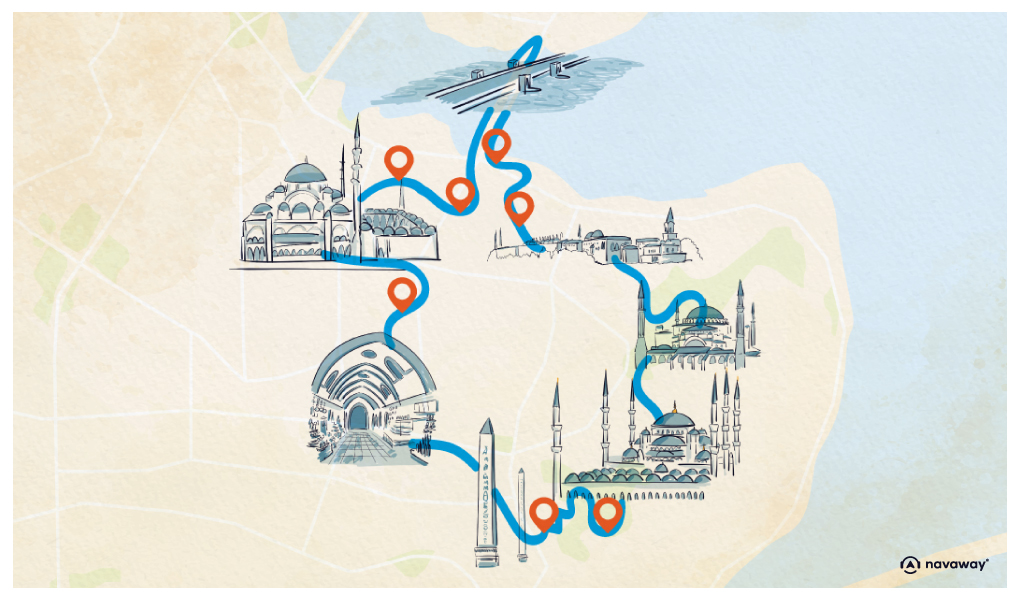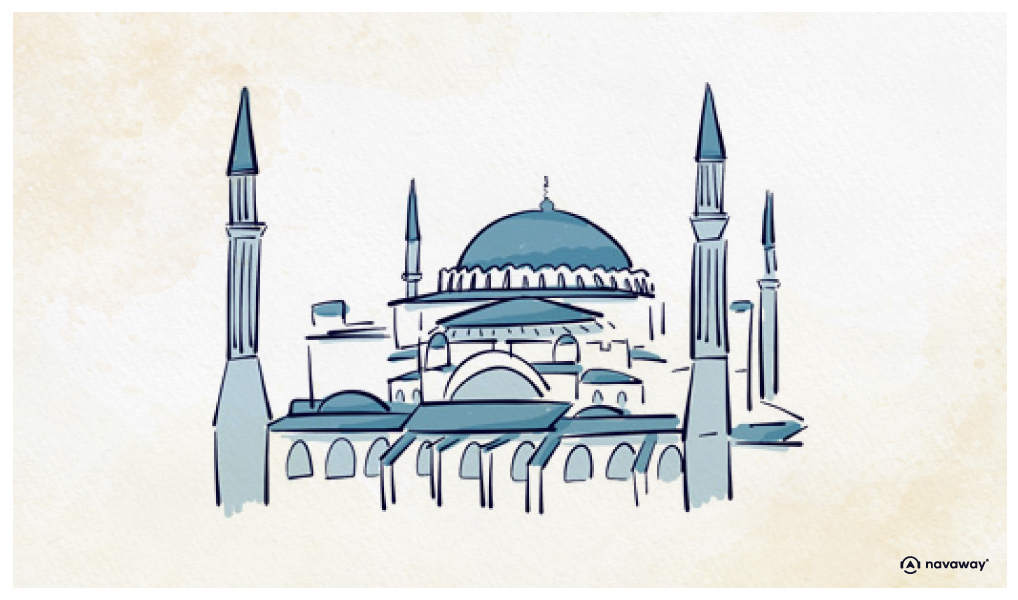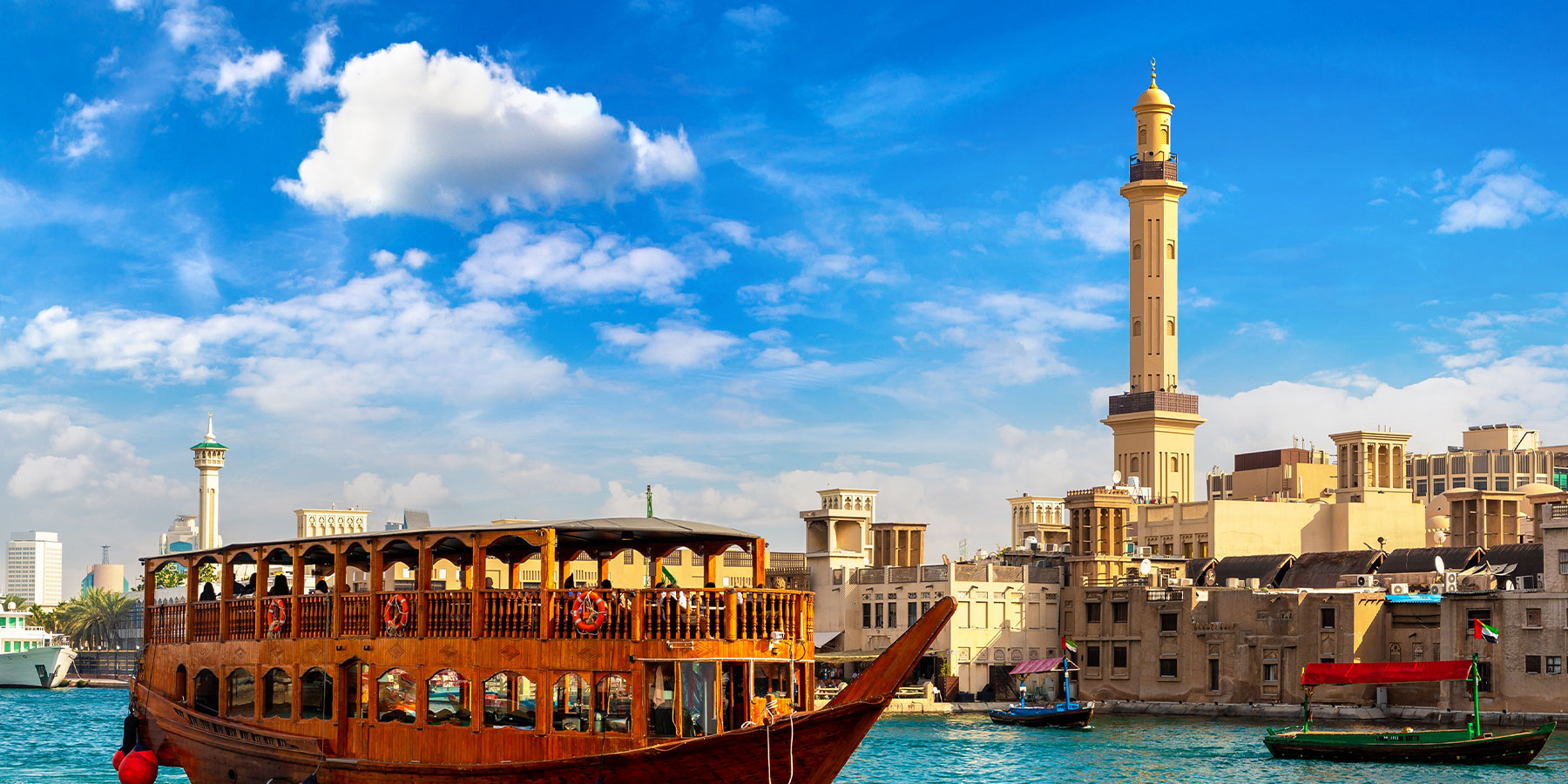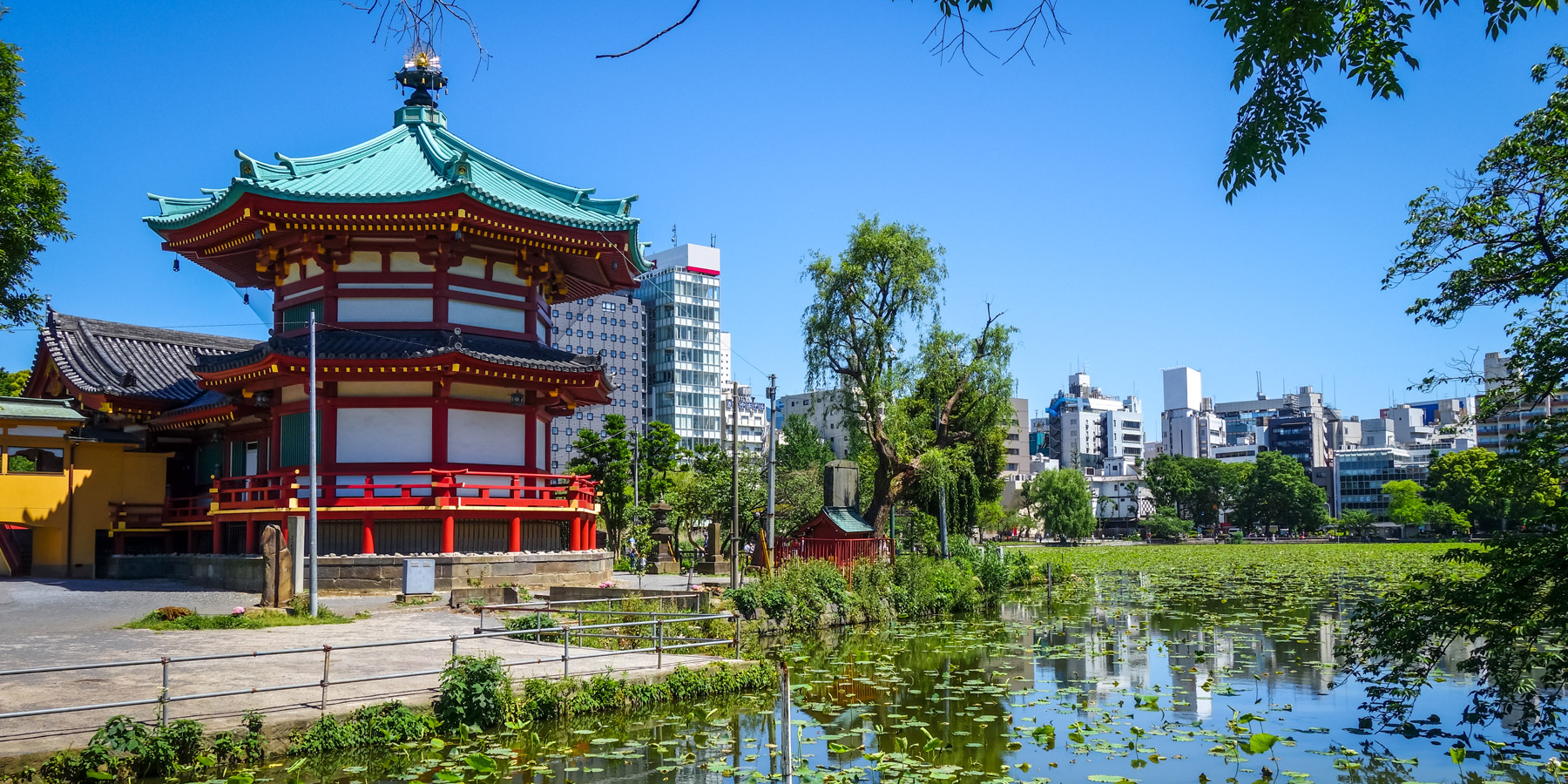
Hagia Sophia

This point of interest is available as audio on the tour: Visit Istanbul, from Byzantium to Constantinople, an empire on two continents
Let’s talk a bit about the famous Hagia Sophia that’s right in front of you. The building alone sums up the city’s complex history and turbulent past. Today, it’s yet again a mosque, but as its Christian name suggests, it was long a church. It then became a mosque from the 15th to the 20th century, and then a museum, before being converted back into a mosque in 2020. Let me take you on a journey through time, because in order to understand, we must travel back to the days of conquests when Istanbul was known as Constantinople. Back in the 6th century, the Roman emperor Justinian raised this edifice on the foundations of a church built three centuries earlier by the emperor Constantine. Yup, that’s right, the city was named Constantinople after him. So he gave the Roman Empire a second capital, right on the foundations of ancient Byzantium. Sure, Rome is pretty cool, but it’s a bit far from the wealthy eastern provinces, and especially from the so-called Fertile Crescent, constantly under threat from the Goths in the north and the Persians in the east. So he founded Constantinople to better protect the easternmost reaches of his empire on the shores of the Bosporus. Plus, its strategic geographical location, naturally shielded by the sea, made it an easy city to defend. He even built a massive triple wall for extra security. Talk about a good backup plan! Because guess what? Rome fell to Germanic barbarians in 476. For the next 11 centuries, Constantinople served as the capital of the Roman Empire, losing more and more territories to the Arabs and Bulgarians. This Eastern Roman Empire is what historians refer to as the Byzantine Empire, even though Byzantium had long since ceased to exist. Bear with me for a sec, I haven’t forgotten about the mosque! Now come the Ottomans! Constantinople seemed invincible, but Mehmed II the Conqueror wasn’t called that for nothing! He was patient and skillful, and eventually took the city. By May 29, 1453, Constantinople was in Ottoman hands. But it doesn’t change name just yet – Constantinople doesn’t become Istanbul until 1926. The first thing Mehmed II did was to consecrate the basilica to Islam. A highly symbolic move, since the capital of the new Ottoman Empire was now Muslim. That being said, he didn’t want to lose the city’s Christian population and thus granted them freedom of worship. Today, 98% of the Turkish population is Muslim. Now you can better understand the historical and symbolic importance of this former basilica and mosque. In 1934, Mustafa Kemal Atatürk, founder of the Republic of Turkey, decided to turn the mosque into a museum. He saw it as a gift to humanity. In 2020, however, the authorities invalidated this decision, and converted it back into a mosque. This decision was highly controversial, sparking much international debate. You can visit the Hagia Sophia Basilica free of charge outside prayer times. Remember, it’s a place of worship, so women should cover their heads and everyone needs to cover their legs and shoulders. You need to take your shoes off too. Once inside, you’ll be captivated by the beauty and overall atmosphere. Its golden Byzantine mosaics are absolutely stunning. Don’t miss the famous Deisis mosaic, probably dating from 1261. Notice the soft lines and expressive faces, depicting the Virgin Mary and St. John the Baptist standing beside Christ. I’ll leave you to explore this very special temple, listed, of course, as a UNESCO World Heritage Site.


Discover Istanbul with app
An interactive guide through the most beautiful streets, squares, and districts
22 fun audioguides full of historical facts, anecdotes, and legends





Comments